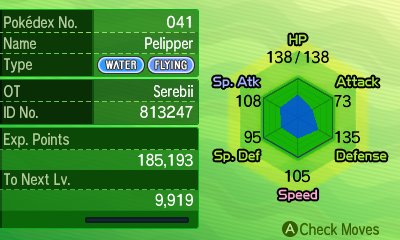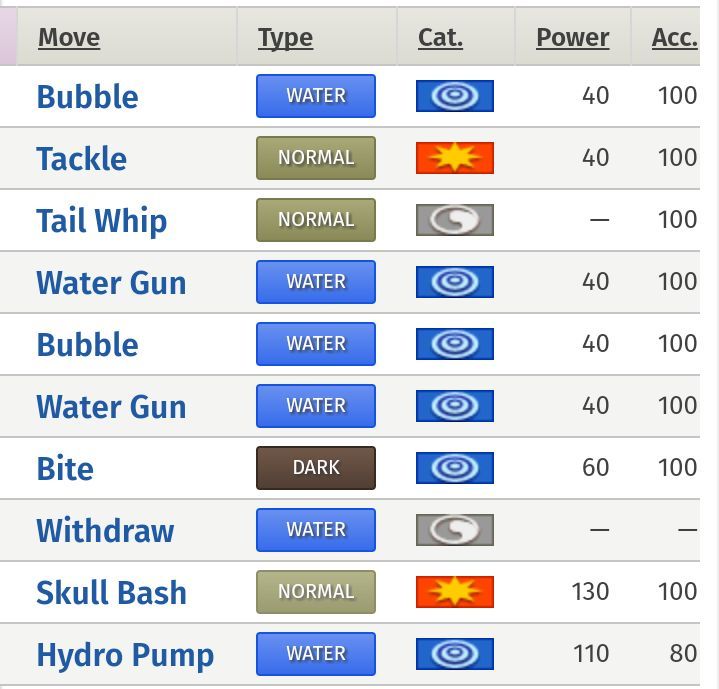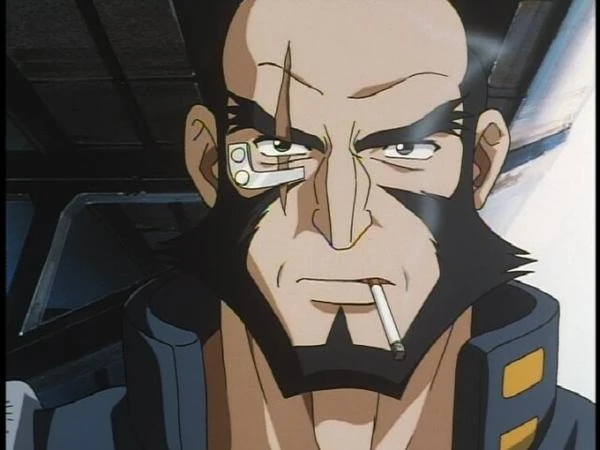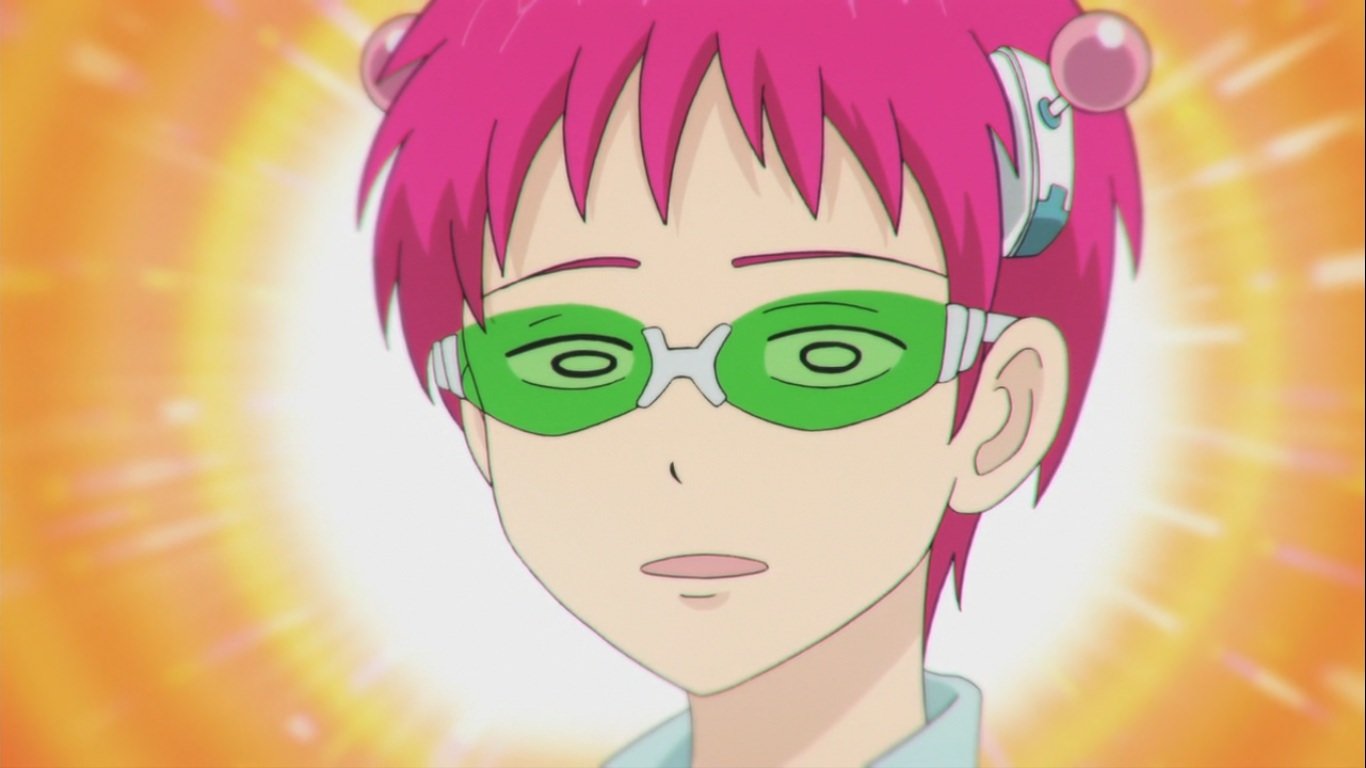Design Doc is a series of rambles about game design, loosely connected by the theme of me making a game apparently.
Here's Part 1, and here's Part 2.
This time, we're looking at class design.
Before we start:
- As we make progress on this project, concepts and lessons are likely to become less generally applicable, as the game starts to take shape and we work on it specifically, rather than pondering the more oblique, conceptual stuff that is Game Design as a whole. For those of you following along, I hope there are still ideas and inspiration to be found!
- Oh hey, I wrote a "design doc" about class design before! Check that out here. I also did another short post on class design a while back, more just thinking out loud: that's right here.
A "Model"
I touched on the game's classes in the core mechanic post, so let's pick up there: classes in this game give skills that allow you to add dice to a roll, at the cost of any 1s rolled potentially bringing you closer to danger.
If you're here, reading this, I think it's safe to assume you've homebrewed a class for an RPG before. You likely looked at existing classes and tweaked them, or used the maths you found in the base game to construct your own ideas. Same deal here - except we don't have an original to base ours on, so that's our first step. We need a "model". What does a class look like in this game?
We've got the model of our classes pretty well defined here through the core mechanic alone. Bonus skills that are powerful but risky to use and enhance standard die rolls, inherently linked to the game's fictional technology. And we've decided what our player characters do, which is crucial.
That's a good place to start. Another option, maybe the more common one, is making one class, then using that as the model for the others. (Or, doing each one totally individually based on its own model - I mean, if you want to make things difficult, then sure. DCC I think is the only game to do this well.)
The Character Sheet: Stats
The games I like treat the character sheet as a quick rules reference. 95% of the game is looking up at eye level and talking - occasionally, you look down to check something, roll dice or do maths, and then it's back to the real game.
Let's sketch out what is probably ending up on our game's sheet. (This is actually where I started designing, or at least where I began when I put pen to paper. It's a good place to begin, provided you have a strong grasp of your ideas - that's what the last two entries have been about really, brainstorming. Now, we build.)
Stats cover the things the player defers to their character to do, so we're excluding skills that we want the players themselves to use, like problem solving or socialising. I've tended towards three base stats for a while now - 3 is a good number for choices, and we can cover all the bases we need to with 3, I reckon. Plus, 1d3 system - we have the means to roll for stats! J'adore.
I won't walk you through every step and iteration and reconceptualising, but here's where I ended up: the 3 stats are Physical, Technical and Mental, and each is rated 1, 2 or 3. For character creation, each starts at 1; roll 3d3 and assign points to each (a 1 and two 3s means a point in Phys and two in Mental). Reroll triples.
Physical covers strength, endurance and movement; Technical is computer skills, vehicles and all that; and Mental is will and fortitude, includes brain-chip stuff, and can also cover social or knowledge rolls if the GM really wants. All the bases covered, I reckon.
Fucking Probability
Does this dice concept work mathematically? Ah, my least favourite question... I can do numbers, just about, but I don't like 'em. Don't trust 'em. Words, I know where I'm at - you can wrangle words to do any old bullshit. but numbers, they're... cold. Inflexible, factual. They have rules.
Anydice.com and google are your allies here. I personally find anydice's interface too opaque for anything but the simplest equations, but if you're not as numerologically adverse as me it's a great resource. Me, I just googled "what are the odds of at least a six on xd6", found an answer that was clear enough for my minute attention span, and fudged the numbers around.
On 1d3, there's a 1/3 chance, duh, of each result. So a 33% chance of success if you have a 1 in your stat and add no dice - fictionally speaking, if your guy sucks at the thing. That's a fine number imo.
(How do we decide what's a "fine number" and what isn't? Intuition, mainly. Playtesting is the key, but we can't do that with the bits and bones we have so far, so go with something that sounds plausible for now and amend it later.)
With 3d6, the best you can be at a thing without adding class stuff, there's a 70%-ish chance of getting a 3. That might not seem like enough for our super skilled hero, but I'm thinking in OSR terms - you're rolling because you already fucked up, or you're trying something inherently risky and dangerous. The stuff you can do, you just do. So, 70% success rate when your back's against the wall seems a-ok to me or a highly skilled character.
That's it for the basic rolls. Let's add a new section to our character sheet.
The Character Sheet: Skills
Basically, doing the maths on that "model" we worked out earlier - how do we build it into something that functions with our established mechanics? Let's get a basic concept down at least, then we can start iterating and designing each class.
Again, I'm not going to go into detail on every small creative decision and iteration of this. Ideas are cheap and easy, remember? What I ended up with is:
Each class gives 3 Skills that add 1 or 2 dice to a pool when used. A skill is tied to a specific stat, and details its effects and any fictional-positioning prerequisites to utilising it. At character creation, roll 3d3 to put 1 or 2 points in each (skills numbered 1-3), rerolling triples. And as detailed in the core mechanic - adding dice to a roll using a skill risks Overload.
I could've mirrored the stats and had a base 1 in each skill going up to 3, but the probability increase from 5 dice to 6 didn't feel worth it, and I like the idea of each skill being inert until points are put into it - not every member of X class has all three X skills.
We also need to know how Overload works, so: Tally all accumulated Overload points. Exceed 9 total and your character shuts down. 9 is a good number, I think - beware the double digits is easy to remember, works with the game's theme of 3s. Not too low, allowing for some fun skill use, but low enough that every roll is risky.
Oof. There's the numbers done. Let's not stay here any longer than we have to.
Class #1: The Enforcer
Time for the fun stuff. This is why you came here, right?
I loosely based the three class concepts on the classic fantasy RPG trio of Fighter, Wizard and Rogue. It's a solid spread of options, makes sci fi concepts more recognisable, and is relevant to our interests with this classic, "trad" adventure game.
The Enforcer is our Fighter analogue. The fiction puts them as retired or defected supersoldiers, the "definitely not a military" security forces of Pantheon. They can also just be mercenaries or gang members, or anything else really - we'll leave the fiction open ended enough to allow whatever.
Let's look at the Enforcer's skills. (Anything in quotes is a placeholder name. Also remember that using a skill requires adding 1 or 2 dice to a roll in its relevant stat, and not every character gets all 3 skills.)
Passive Skill - Crowd Control: Split additional successes on any Overloading roll between any targets within range.
Oh, forgot to mention! Passive Skills. Each class comes with one off these - fairly self-explanatory. If the Enforcer attacks and get extra 3s, they can use each one on a separate target - no other class can do this in any context.
Each "hit" becomes its own successful attack - take out a guard then hit the security laser with another quick shot; open fire on a room of enemies with blinding speed; hit one guy and shoot straight through him to the guy behind; get into melee, get surrounded and then take em all out with a flurry of blows. Hot stuff.
"Upgrades" - Physical skill. Use with any non-Overloading Physical roll.
This skill is nuts. Anything that the Enforcer does (aside from "Overloading", or "attack" rolls) can be done better through their augmented cyborg limbs or special gear or whatever fiction the player chooses. Of course, there's the tradeoff of risking Overload each time you do, but with this skill you've got the heavy lifting covered, plus endurance and... all the physical things. Definitely our Fighter.
"Martial Law" - Physical skill. Use with any Overloading Physical roll using melee weapons.
Yeah, there are melee Troubleshooters - I'm thinking like Power Gloves. Adding dice to an "attack" roll is a skill most classes get, but that Physical thing makes the Enforcer a unique melee hacker. This is separated from the "Upgrades" mainly because I like having combat skills separate - various reasons but it gives more variation and encourages different lines of thinking.
Sharpshooter - Technical skill. Use with to any Overloading Technical roll using ranged weapons.
I mean... it's a Fighter. It Fights. Using a Troubleshooter is a Technical roll, so this lets your beefy boi flex their gun skills. Fiction-wise, they could have a cybernetic eye for aiming, or be "linked" to their gun or summat. Plus, imagine using this or the "Martial Law" skill in conjunction with Crowd Control.
You may have noticed: All classes have two skill options in one Stat, and one in another - this edges indecisive players towards a specific class based on their stat rolls, but doesn't force their hand. Or, y'know, there are 3 classes - just roll for it.
Class #2: The Hijack
"Hijack" rather than "Hijacker" because it sounds cooler, also "jack" like "of all trades", as with Numenera's Rogue-analogue.
Yup, this is our Rogue. We're getting progressively more anime as we go - the Hijack has a virtual avatar, kinda like a Stand or Persona, that floats around in VR and does their hack-attacks for them. They're the infiltrator class, get in, get out, no questions asked.
Passive Skill - "Jack In": Using your avatar, animate and take control of any Overloaded technology.
The Hijack's passive defines them - it's a core conceit of their character rather than an occasional helpful boost like the other classes. It's like my favourite D&D spells - endless utility and shenanigan potential. The world is full of technology, including its people. All you need is a successful roll to Overload something, and the situation radically changes.
"Avatar" - Technical skill. Command your avatar to virtually interface with technology. (Weapon Skill: Overloading, Range 2.)
The "weapon" bit means you can use this skill to enable an Overloading or "attack roll", instead of needing a bit of gear like a Troubleshooter. More dice too. "Range 2" just means nearby or line of sight - Range 1 is melee/engaged, and Range 3 is remote. The avatar is virtual, so can't do anything physically, but can hack, attack and, most importantly has your back.
"Tech Wizard" - Technical skill. Physically interface with, repair or sabotage technology.
The Hijack is the only class that can actually use computers, knows how they're put together, instead of just firing hackbullets at them to force shutdown. This skill might not seem as cool since it can't cause Overload, but it covers all tech, which in this world that means limitless potential. Since Technical covers all gear/tech interfacing, it also counts as a vehicle skill - handy.
"Masquerade" - Mental skill. Fool scanners, sensors and systems into believing you to be someone else or no one at all.
Your virtual Hat of Disguise. Why hack a database when you can just log in and leave no trace? Online meetings become less dangerous too, since you can simply appear as someone else. Or, this skill's most enticing application - fake and plant evidence by stealing identities. More niche than the other skills, but very fun in the right hands.
Class #3: Psychic
The third and final. Let's go Full Anime. This is our Wizard equivalent... ish. Not so much spells as what fantasy games like to call "psionics", but it has the same reality-altering vibe.
Your mental chip broke in just the right way to unlock the secrets of the cosmos, or maybe you're the result of secret experiments. You can use the latent energy of the Ether to literally bend space. A utility class that you get the most out of with creative thinking.
Passive Skill - "Mind Boost": Add 3 additional dice to any roll using a Skill. Increase the Skill's range to 3.
Not sure about this one, tbh. Don't like how mechanical it is, plus it's heckin' OP. Might change it to some kind of dowsing or telepathy thing, smaller scope and more utility-based.
"Mind Blast" - Mental skill. Deal direct Overload with sheer willpower. (Weapon Skill: Overloading, Range 2.)
Mind bullets! Gives the Psychic their own unique attack skill based on their prized mental stat. Pretty cool, does what it says on the tin.
Telekinesis - Mental skill. Move an object within Range 2.
I mean, what more do you need?
Teleport - Physical skill. Reduce your body to pure Ether, and reappear somewhere within Range 2.
Again, the potential is clear. As with all the Psychic's skills, the concept is straightforward, and it's up to the player to think creatively and get the most out of it.
Aaand there they are, our 3 basic classes! We also have our character sheet partly designed, and all our core mechanics set up and ready to go. I'll end on a reminder: constant referral back to earlier stages of the design process is a good foundation for all this stuff.
Time for the all-important step of playtesting!
Well, almost. The game can't quite cover all the situations we want it to yet. We know how Overload works, but what about real damage and attack rolls? Guns that aren't Troubleshooters? There's not just the virtual world to consider.
Next time, more mechanics, and some of my favourites: action scenes.








No comments:
Post a Comment